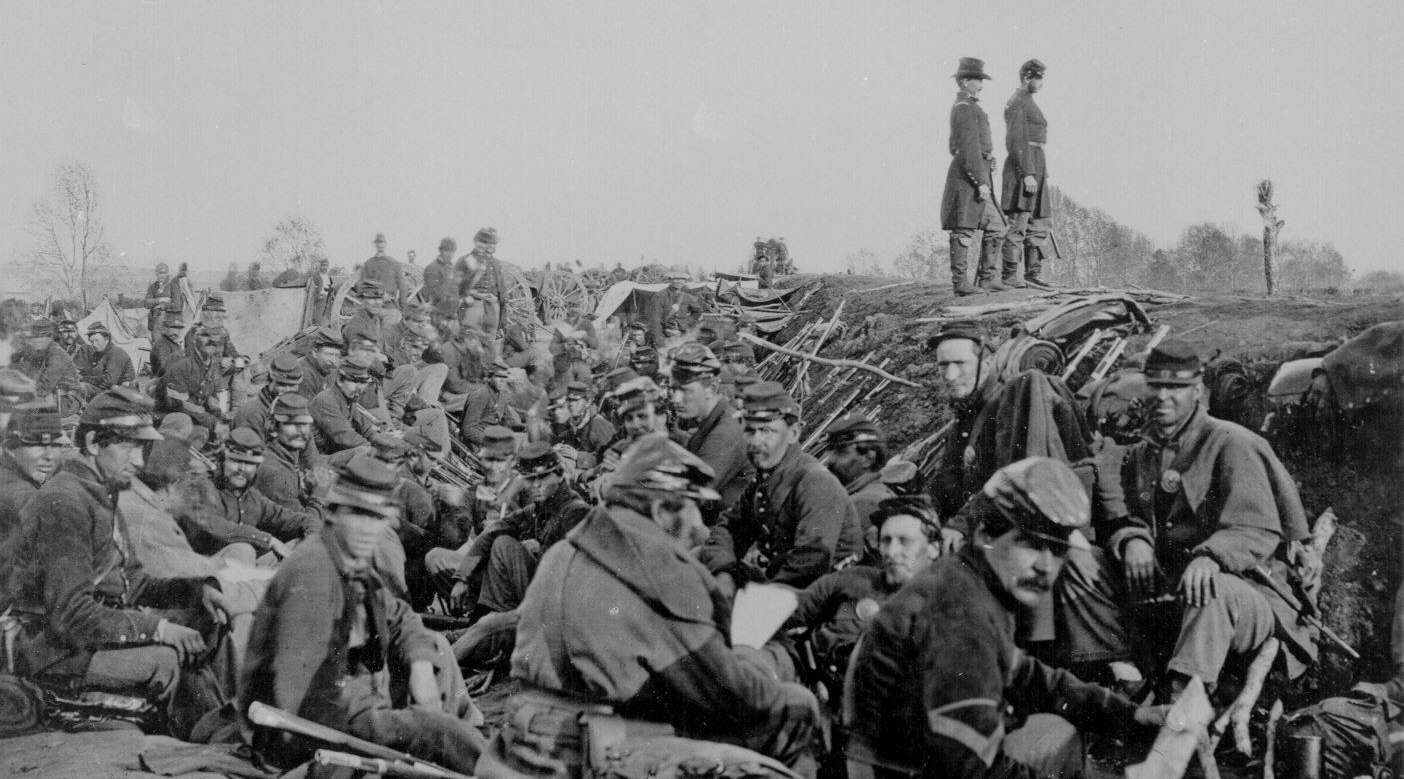
The Researcher’s Guide to Civil War Records
The other day I spoke with a family member about one of her ancestors. She had just learned that a 19th-century forebear had fought for the Confederacy but was later arrested for desertion. She was hoping to learn more about him from Civil War records, but she wasn’t sure of her next step. Since she was generally unfamiliar with military records, and Civil War records in particular, it was easy for me to recommend that she read pp. 699-712 in The Researcher’s Guide to American Genealogy 4th Edition, by Val Greenwood.
U.S. Civil War records are vast, but The Researcher’s Guide organizes them so the reader can approach the genealogy of the War Between the States with precision. For example, as Mr. Greenwood explains, unlike prior American conflicts, the records of the Civil War fall into three general categories: Draft registration records, records of military service, and veterans’ benefit records. Since our family member was interested in Confederate records, that portion of the Civil War discussion in The Researcher’s Guide is particularly helpful because, among other things, it describes how each of the various Southern states issued pensions to its veterans. Following are the overview comments on Confederate records from p. 708 of The Researcher’s Guide.
The other side of the war: The Confederacy
As the Confederate troops evacuated Richmond in 1865, the Confederate military records were taken to Charlotte, North Carolina, by the adjutant and inspector general, who transferred them to a Union officer. From there, they were taken to Washington, DC, along with various records captured during the war. In 1903, the Secretary of War, who had custody of those records, persuaded the governors of most of the Southern states to lend their military personnel records to the War Department for copying. These records now comprise a substantial portion of the War Department Collection of Confederate Records and are in Record Group 109.
The Confederate Army relied even more heavily on the draft than did the Union. They started drafting men earlier in the conflict (Act of April 16, 1862), and the reach of their draft laws was much broader. They began by drafting men between 18 and 35, and finally settled on all men between 17 and 55—for three years of service. Unfortunately, there are no known Confederate draft records in existence.
It is also unfortunate that records relating to the Confederate forces are not as complete as are those of Union Army troops. However, there are records and you need to be aware of them. The National Archives has three series of Compiled Military Service Records of Confederate troops. These have all been microfilmed and have also been digitized and indexed. You can access these records, as well as a complete description and instructions on their use, on the Fold3 website HERE.
These compiled Confederate service records were brought together on cards by the War Department from various sources, including prisoner of war records, prisoner parole records, muster rolls, returns, rosters, pay rolls, appointment books, hospital registers, etc. All cards relating to the same individual soldier are generally in the same jacket-envelope. There are three series of these records:
- Those filed by state (by far the largest series)
- Those for troops in non-state organizations
- Those for officers and enlisted personnel doing their jobs
There is a consolidated alphabetical name index (RG 109, M253—535 rolls) as well as an index for each Confederate state. If you know the state from which the soldier served, that is usually the best place for your research to start.
For the benefit of those who wish to use these microfilm records, Table Il on page 145 of the third edition of Guide to Genealogical Research in the National Archives of the United States, edited by Eales and Kvasnicka, gives the microfilm publication numbers for both the indexes and the compiled service records for each of the fifteen Confederated states. The compiled records consist of cards on which the War Department . . . recorded information abstracted from Union prison and parole records and from captured and other surviving Confederate records. They are similar to those for Union Volunteers. In addition to the usual information found on compiled military service records, some of these show facts about a soldier’s imprisonment. If he was captured, they may show the date of his release and parole, or if he died in prison, the date of his death. References to the original records are included on the cards. Researchers should note, however, that original records rarely contain any additional information.




